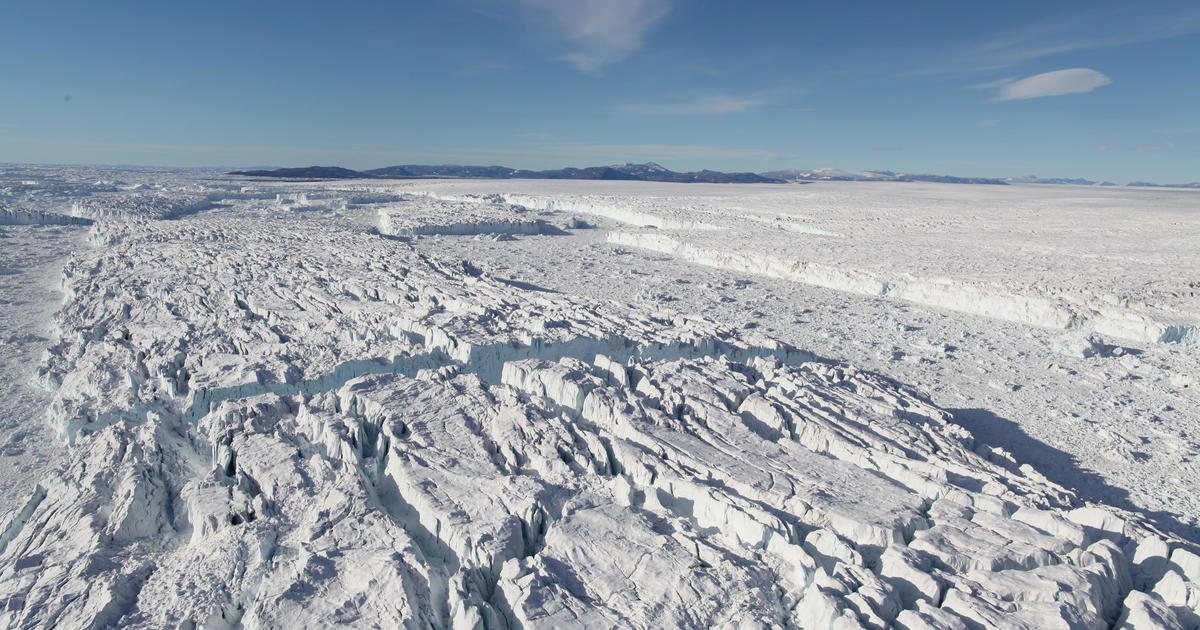- cross-posted to:
- [email protected]
- [email protected]
- cross-posted to:
- [email protected]
- [email protected]
Greenland’s ice sheet is melting faster than scientists previously estimated, according to a study released Wednesday in the journal Nature, with the loss believed to be 20% worse than previously reported.
Since 1985, Greenland’s ice sheet has lost approximately 5,091 square kilometers of ice researchers found using satellite imagery. Scientists said earlier estimates did not track melting at the edges of the ice sheets, known as calving, which measures ice breaking off at the terminus of a glacier.
Greenland’s ice sheet loses about 193 square kilometers of ice per year, researchers found.



This is the best summary I could come up with:
Study co-author Chad Greene and his colleagues said they qualified the extent of calving, which increased the scope of ice mass lost.
They combined “236,328 observations of glacier terminus positions” compiled from various public data sets to capture monthly ice melt.
Scientists found that seasonal variability of glaciers could be a predictor of long-term loss of ice mass, with notable differences in melting during the summer and winter.
Researchers in the study noted that “this retreat does not appear to substantially contribute to sea level rise” because most of the glacier margins the scientists measured were already underwater.
However, scientists have previously found the Greenland ice sheet is the second-largest contributor to sea level rise.
In an earlier study, scientists found that a single sheet melting was responsible for more than 17% of sea level rise between 2006 and 2018.
The original article contains 364 words, the summary contains 139 words. Saved 62%. I’m a bot and I’m open source!